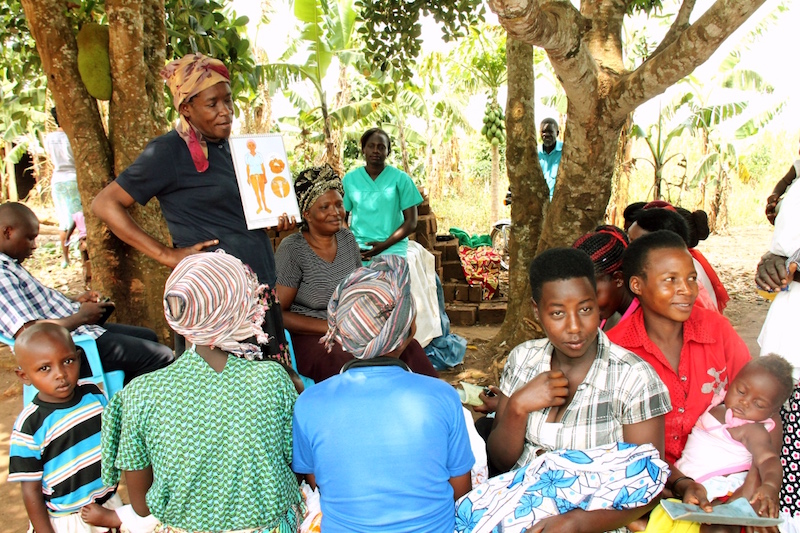Family planning in resource poor settings
The promotion of Family Planning (FP) in resource poor settings has been identified as a key factor in the Sustainable Development Goals. Contraception or Family Planning is not only key to reproductive health and life provision, it is a human right. The aim: reduce maternal mortality by decreasing birth rates and thus reducing poverty, by reducing the number of children per household, substantially contributing to the encouragement of women’s empowerment & choice around pregnancy and health outcomes.
Family planning provisions MAMA provides
The women of Runga and in rural Uganda in general often reject FP and are fearful of it. For these women, childbirth mostly happens at a young age with high fertility rates. High fertility rates are a cultural norm and are culturally desired by families, so sensitivity in addressing these matters is key for the women considering family planning. In these resource poor settings, the most important question is: “what is an effective way of promoting family planning and addressing the need of opinion change with respect to cultural norms?”
Local interest in family planning
One of the interesting but not necessarily most important points of FP is the link between a decrease in poverty with the promotion of smaller family sizes. This is a very popular, strong message and seems to attract intrigue from both the men and women. Other factors that have affected our rates in FP is that the number of skilled professionals able to provide safe and sustainable FP has increased. MAMA’s lead Midwife Grace has been instrumental in this and has trained most of the Azur Maternity midwives in providing the LARC Implannon (long-acting reverse contraceptive implant).

Increasing trends
Another main change is the increase in numbers of women attending. I remember the first women who attended for FP in Runga were a mother and daughter duo. The daughter had just made her mother a grandmother and so the mother had decided she would stop having children – she was also a mother of 12 herself. At the most recent outreach clinic, we saw eleven women attend for FP and one of the mothers was brought in by her husband. He watched on with intense delight as his wife received the implant.
Types of contraception
All types of contraception are available. The choice of implant is used due to its high efficacy rates and low failure rates related to human error, with only one visit necessary. It is also good for its sustainability and affordability. The women are followed up via our logbook and are given their Implant cards which states when it needs to be removed or replaced. Condoms are always dispensed in high quantity.
Other family planning services
Counselling sessions on sexual intercourse and prevention of HIV and STIs are provided with men and women in attendance, plus discussions on consent for sexual intercourse and age is addressed in an attempt to encourage young girls to stay in school and marry later.
Access
Access to and choice of FP needs to be the back bone of health care and delivery in resource poor settings, however funding and affordability is also key in implementing access to FP. MAMA’s Contraception and FP access is facilitated by clinics held at Azur and Runga where all LARC’s and condoms are provided via outreach clinics.
By Harriet Jacobs, RM, CASH Nurse
Thank you!

